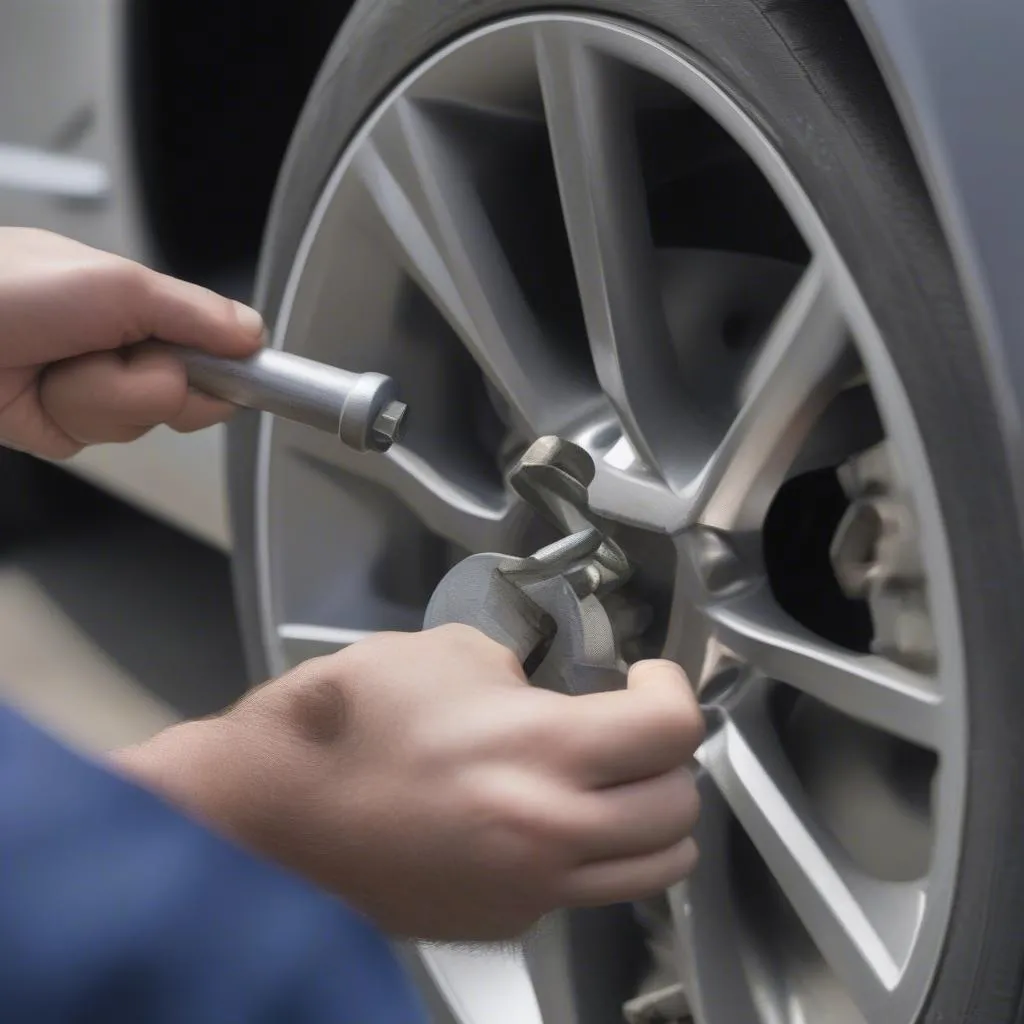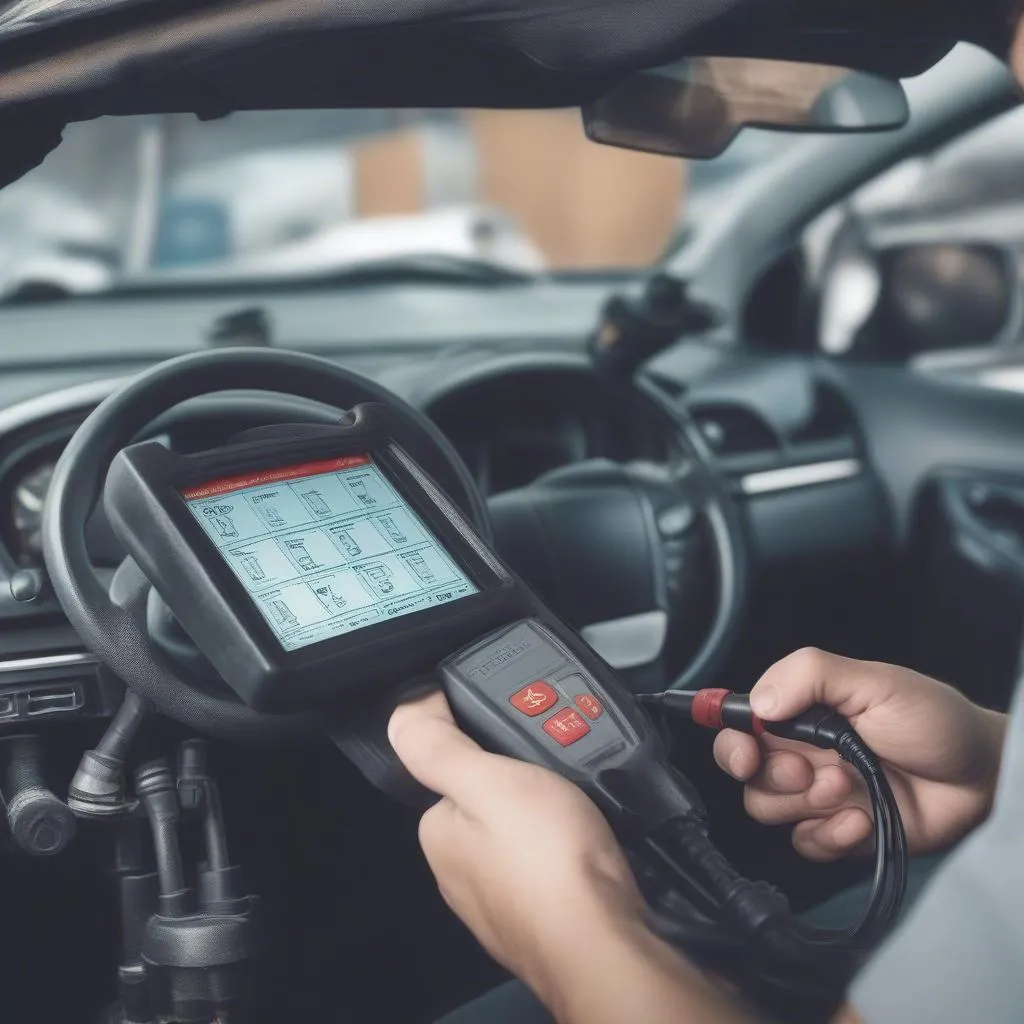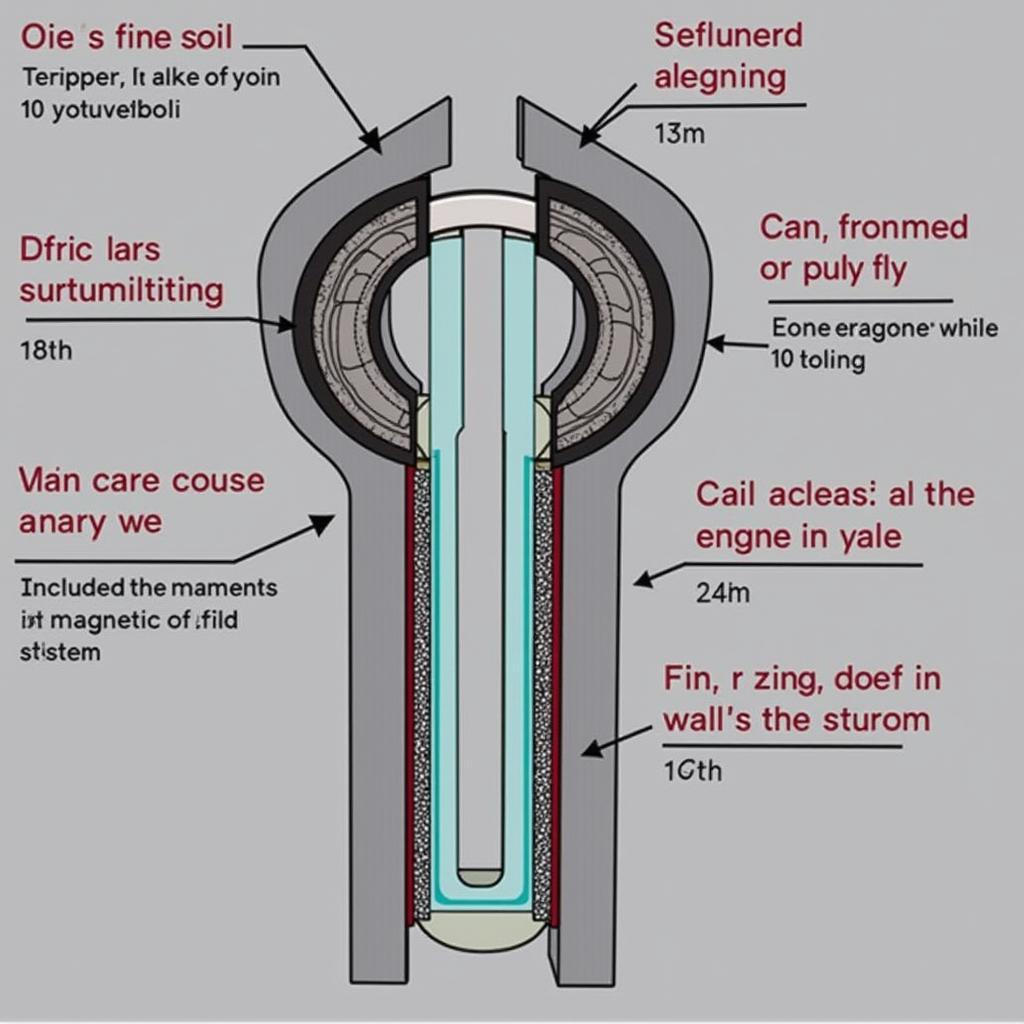Dealing with anti-theft bolts on your car can be incredibly frustrating, especially when you need to change a tire or access a wheel assembly component. These specialized bolts, designed to deter thieves, require a unique socket key for removal. Misplacing or not having the correct key can leave you stranded.
But don’t worry, we’re here to guide you through safely removing anti-theft bolts. Remember safety is paramount when working with your vehicle. If you are unsure about any step, it’s best to consult a professional mechanic.
Understanding Anti-Theft Bolts and Their Purpose
Before we dive into the removal process, it’s essential to understand why anti-theft bolts exist. Unlike standard lug nuts or bolts, anti-theft bolts have a unique external pattern or design. This design requires a specialized socket key, provided with the vehicle or purchased separately, to fit snugly and allow for loosening or tightening.
The primary purpose? To prevent theft. By using non-standard bolts, manufacturers make it significantly harder for thieves to make off with your wheels or tires, providing an added layer of security.
Identifying and Preparing for Removal
Recognizing Anti-Theft Bolts
Identifying anti-theft bolts is usually straightforward:
- Unique Pattern: They have an irregular, often flower-shaped, outer pattern.
- Dedicated Socket: You’ll have a special socket key in your vehicle’s toolkit or separate from your other tools.
Gathering the Necessary Tools
Before you begin:
- Locate Your Key: The most crucial step! Search your glove compartment, toolkit, or any documentation provided with the car.
- Breaker Bar & Torque Wrench: A breaker bar provides the leverage to loosen stubborn bolts, while a torque wrench ensures you tighten them to the manufacturer’s specification, preventing damage to the wheel studs.
- Penetrating Oil: (Optional) Apply to the bolt threads if they appear rusty or seized.
 Removing anti-theft bolts with a special socket key
Removing anti-theft bolts with a special socket key
Step-by-Step Removal Guide
- Safety First: Engage your parking brake and chock the wheels opposite the one you’re working on.
- Loosening the Bolts: Attach the special socket key to your breaker bar and place it onto the anti-theft bolt. Apply firm, even pressure counterclockwise to break the bolt loose. Avoid using excessive force that could damage the bolt or key.
- Removing the Bolts: Once loosened, switch to a regular socket wrench to remove the anti-theft bolts completely. Keep them together in a safe place.
- Repeat: Follow the same steps for each anti-theft bolt on the wheel.
FAQs about Anti-Theft Bolts and Car Diagnostics
Q: What if I’ve lost my anti-theft bolt key?
A: Don’t panic! You have several options:
- Contact Your Dealership: Provide your VIN, and they might be able to supply a replacement or order one for you.
- Automotive Locksmith: These professionals can often remove anti-theft bolts without the key, though it may come at a higher cost.
- Specialty Socket Sets: “Universal” socket sets designed to remove various anti-theft bolt patterns are available but exercise caution, as using an ill-fitting tool can damage your bolts.
Q: Can I use a standard software to diagnose issues related to my car’s anti-theft system?
A: While generic OBD-II scanners can read basic engine codes, they often lack the depth to diagnose intricate issues within anti-theft systems. For a comprehensive diagnosis of your vehicle’s security features, consider professional-grade diagnostic tools such as those offered by Cardiagtech. These tools offer advanced functionalities and manufacturer-specific data, allowing for in-depth troubleshooting and repair.
 Using a car diagnostic tool to troubleshoot anti-theft system errors
Using a car diagnostic tool to troubleshoot anti-theft system errors
Q: How often should I check my anti-theft bolts?
A: It’s good practice to check their tightness during regular maintenance or tire rotations. “Many car owners overlook the importance of periodic checks,” says automotive expert Michael Turner in his book “The Complete Guide to Car Maintenance”. “A simple check can prevent potential problems down the road.”
Need more help or specialized tools? CARDIAGTECH offers a wide range of professional automotive diagnostic solutions. Contact us for more information!


